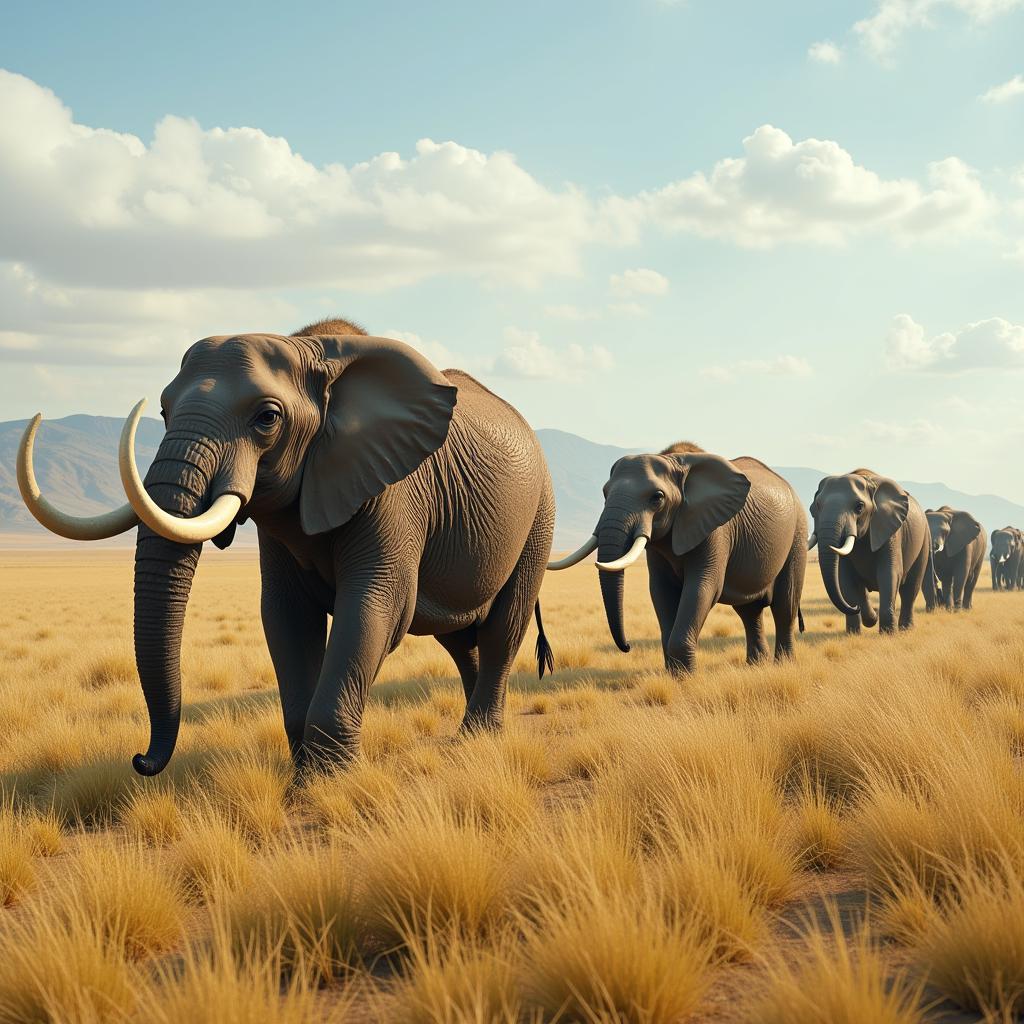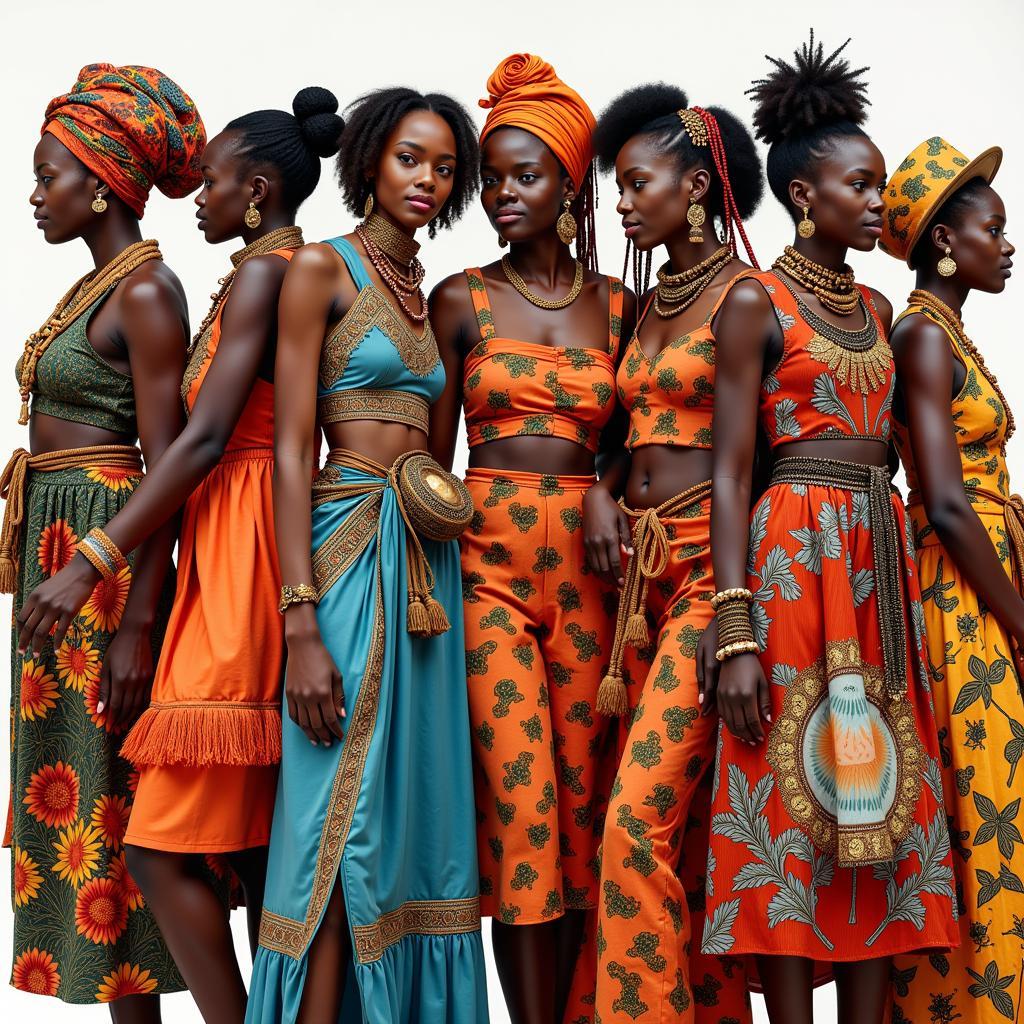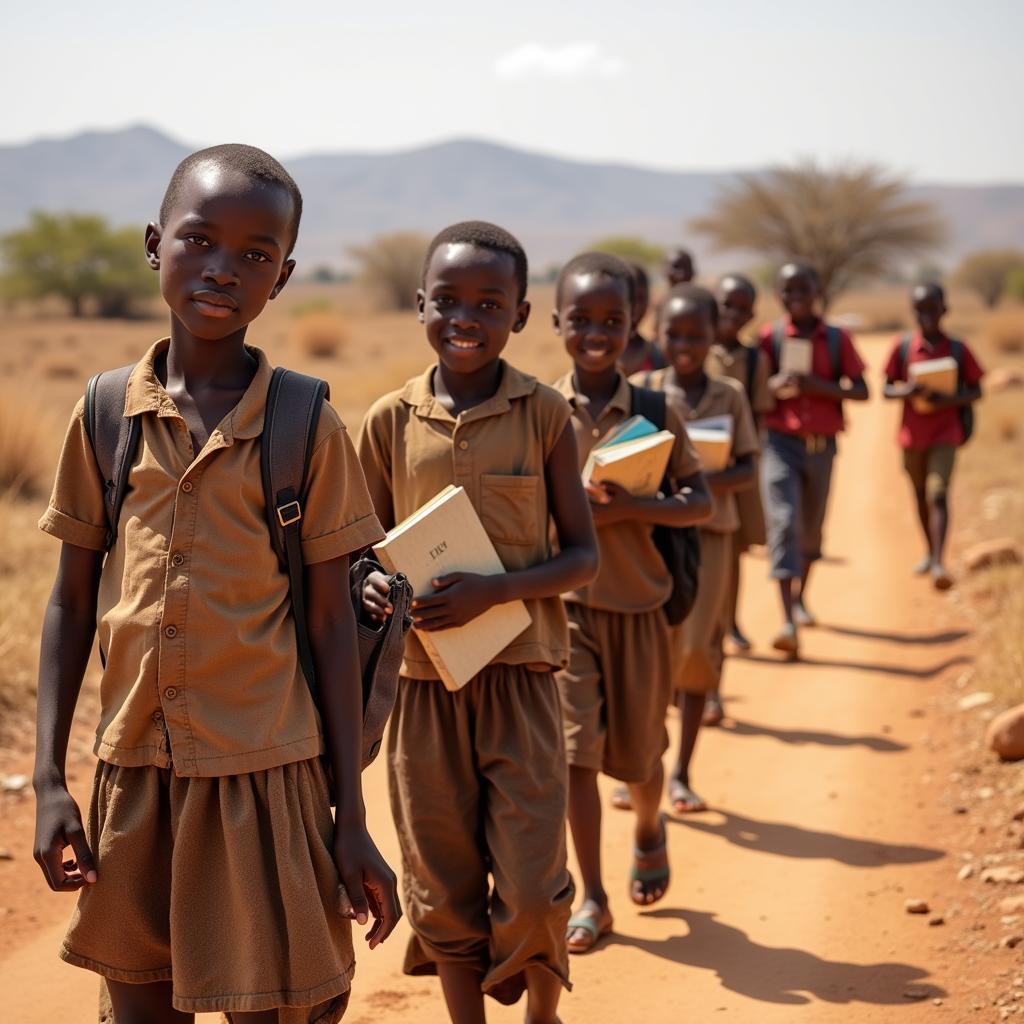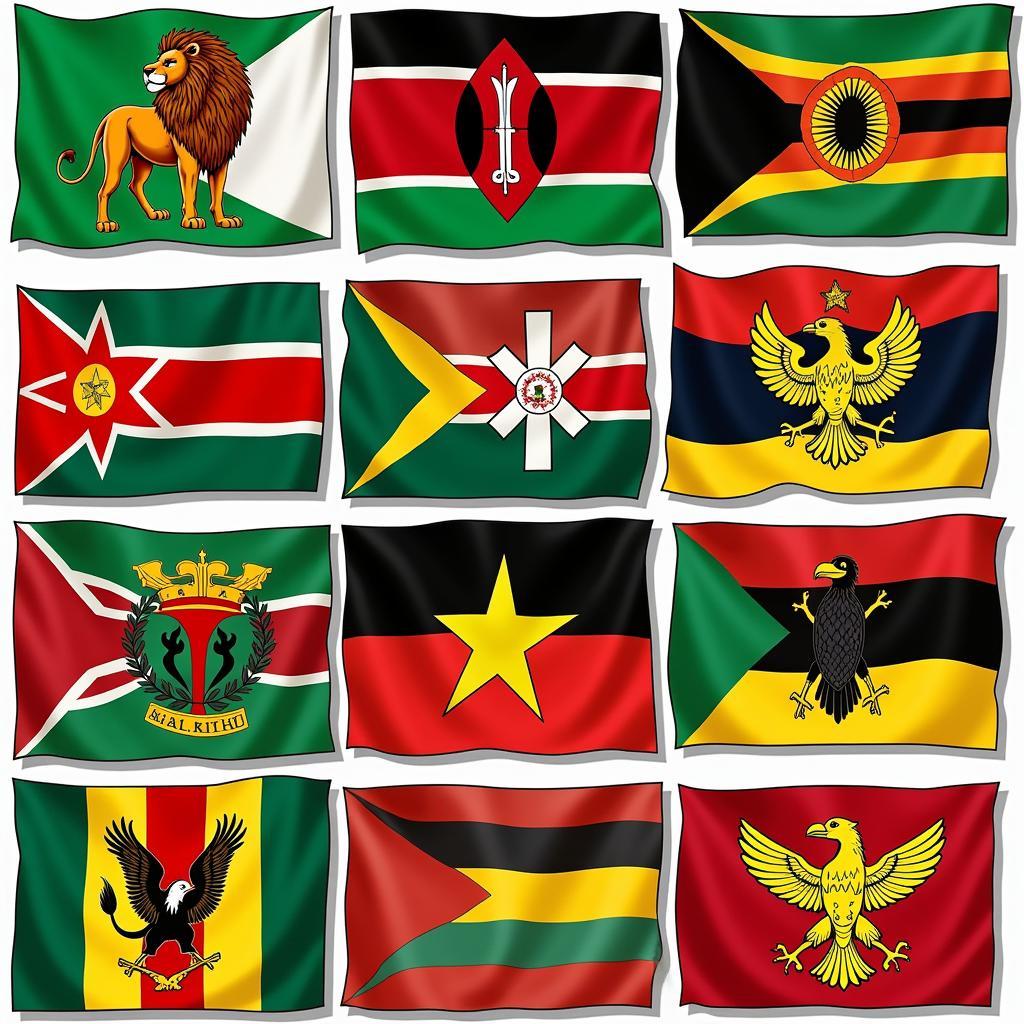The Evolution and Impact of African American Cartoons
African American Cartoons have a rich and complex history, reflecting the changing social, political, and cultural landscape of the United States. From early stereotypes to groundbreaking representations, these cartoons offer a lens through which to examine issues of race, representation, and identity.
This exploration delves into the evolution of African American cartoons, examining their impact on popular culture and their role in shaping perceptions of Black identity.
The Early Years: Stereotypes and Caricatures
The earliest depictions of African Americans in animation often relied on harmful stereotypes that reinforced racist ideologies. These caricatures, often rooted in minstrelsy, presented distorted and dehumanizing portrayals of Black people. Characters like “Zip Coon” and “Mammy” perpetuated negative tropes that fueled prejudice and discrimination.
These early representations reflected the systemic racism prevalent in society at the time, and their impact on shaping perceptions of African Americans cannot be overstated. The pervasiveness of these stereotypes contributed to the normalization of racist attitudes and behaviors.
Breaking Barriers: The Rise of Independent Black Animation
The mid-20th century saw a gradual shift in the landscape of animation, with the emergence of independent Black animators determined to challenge prevailing stereotypes. These pioneers recognized the power of animation to shape narratives and sought to create more authentic and nuanced representations of Black characters.
One notable example is George Herriman’s “Krazy Kat,” a comic strip featuring a Black cat and a white mouse, which subverted racial hierarchies and explored themes of interracial friendship. Similarly, Floyd Norman, the first African American animator at Disney, broke barriers and paved the way for greater diversity in the industry.
These trailblazers challenged the status quo, paving the way for greater representation and more authentic portrayals of Black characters in animation. Their work laid the foundation for future generations of animators to tell diverse stories that reflected the complexities of Black identity.
The Golden Age of Black Animation: Representation and Social Commentary
The late 20th century marked a turning point in African American cartoon history, with the emergence of shows that centered on Black characters and addressed social issues with both humor and poignancy. Shows like “Fat Albert and the Cosby Kids,” “The Proud Family,” and “Boondocks” became cultural touchstones, sparking conversations about race, identity, and social justice.
These shows not only provided entertainment but also served as educational tools, offering valuable life lessons and promoting positive messages about Black culture and identity. “Fat Albert,” for example, tackled issues like bullying, prejudice, and drug abuse, while “The Proud Family” explored themes of family, community, and self-acceptance.
The Digital Age: Expanding Representation and Accessibility
The advent of the digital age has ushered in new possibilities for African American animation. Online platforms like YouTube and streaming services like Netflix have provided independent creators with unprecedented opportunities to share their stories with a global audience.
This increased accessibility has led to a surge in diverse animated content, featuring a wider range of characters and storylines that reflect the multifaceted experiences of the Black community. Shows like “Hair Love” and “Craig of the Creek” showcase the beauty and richness of Black culture, while also addressing contemporary social issues.
The Future of African American Cartoons: Innovation and Inclusivity
African American cartoons continue to evolve, pushing boundaries and challenging conventions. The future holds immense potential for even greater innovation and inclusivity in animation.
As technology advances and audiences demand more diverse representation, we can expect to see even more groundbreaking cartoons that celebrate the richness and complexity of Black experiences. From Afrofuturism to slice-of-life narratives, the possibilities are endless.
FAQ
1. What is the significance of African American cartoons?
African American cartoons hold immense significance as they reflect the evolving social, political, and cultural landscape of the United States, providing insights into issues of race, representation, and identity.
2. How have African American cartoons challenged stereotypes?
From early independent animators to contemporary creators, African American cartoons have challenged stereotypes by presenting more authentic and nuanced portrayals of Black characters, breaking free from harmful caricatures.
3. What are some notable examples of impactful African American cartoons?
Some impactful examples include “Fat Albert and the Cosby Kids,” “The Proud Family,” “Boondocks,” “Hair Love,” and “Craig of the Creek.”
4. How has the digital age impacted African American animation?
The digital age has significantly impacted African American animation by providing independent creators with online platforms to share their stories with a global audience, leading to a surge in diverse and accessible content.
5. What does the future hold for African American cartoons?
The future of African American cartoons is bright, with continued innovation, inclusivity, and the exploration of new narratives that celebrate the multifaceted experiences of the Black community.
Need Help?
For further assistance or inquiries, please contact:
Phone: +255768904061
Email: kaka.mag@gmail.com
Address: Mbarali DC Mawindi, Kangaga, Tanzania
Our customer support team is available 24/7 to assist you.
We also recommend exploring these related articles on our website:
- African American Stereotypical Profession
- African American Girl Cartoon
- African American and Fried Chicken
For insights into another aspect of African culture, you might find our article on African Girls Tube interesting.



